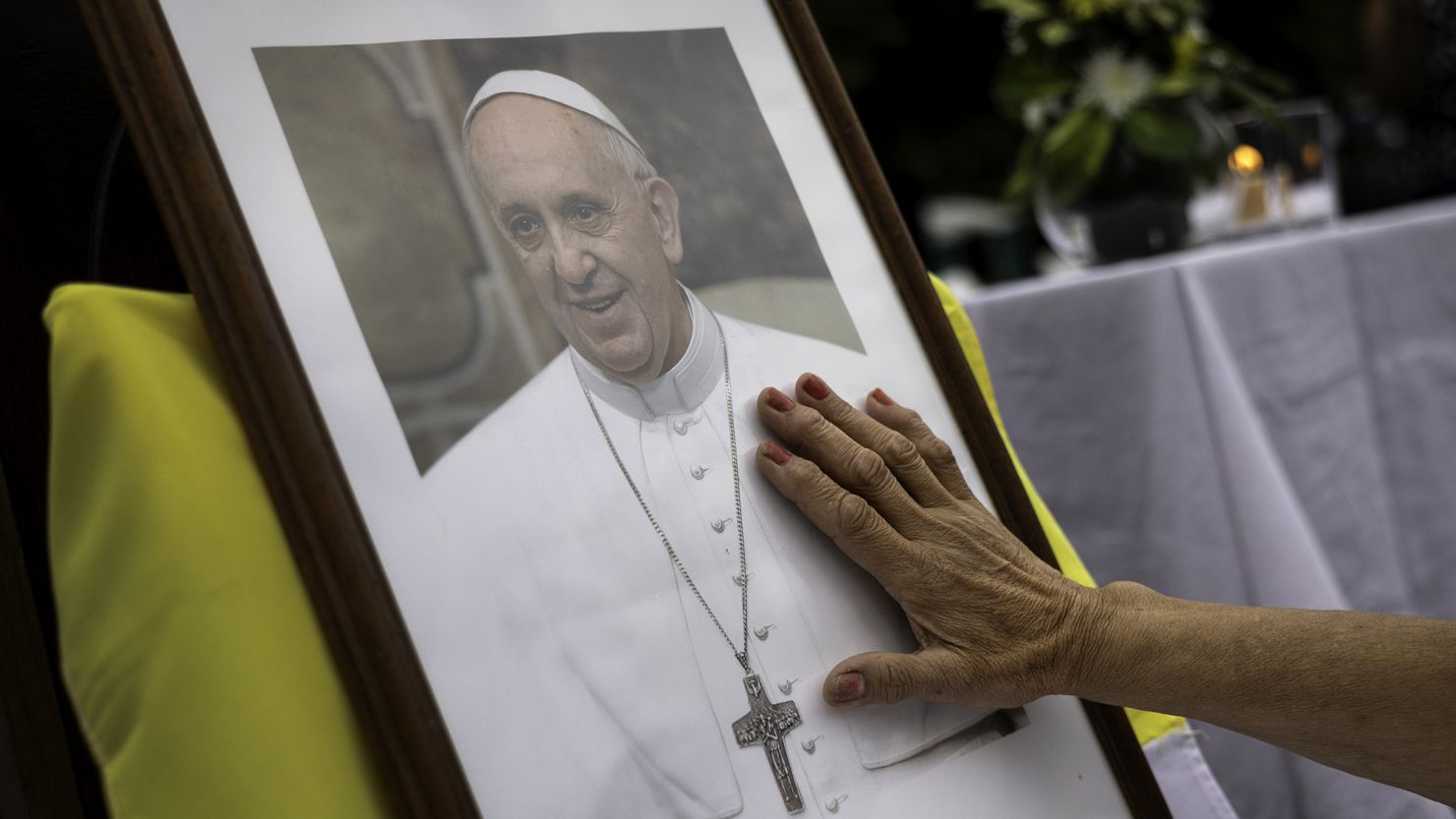The funeral of Pope Francis, leader of more than a billion Catholics, was held in Vatican City in a ceremony marked by humility and deep tradition, in line with his own final wishes.
While the event drew global leaders and massive crowds, it remained simpler than those of previous popes.
Archbishops and bishops began gathering at 8:30 am local time in the Constantine Wing, a corridor next to St Peter’s Basilica.
At the same time, Catholic priests assembled in St Peter’s Square.
Half an hour later, patriarchs from the Orthodox Church and cardinals convened in the Saint Sebastian Chapel, inside the basilica where Pope John Paul II’s remains lie.
They walked in a procession, accompanying the coffin of Pope Francis, which had been placed in the centre of the basilica for the past four days.
The funeral officially started at 10 am, with the coffin laid before St Peter’s Basilica. Cardinal Giovanni Battista Re, the dean of the College of Cardinals, led the service.
Guests and dignitaries were seated closer to the basilica and the coffin, while thousands of clergy and members of the public filled the surrounding square, reminiscent of the funeral for Pope Benedict XVI.
The ceremony concluded with prayers and a final commendation, formally entrusting Pope Francis to God.
The funeral also marked the start of a nine-day mourning period known as Novemdiales, with a mass scheduled each day in his memory.
Dignitaries and Rituals Fill St Peter’s Square
More than 250,000 members of the public were expected at the funeral, alongside around 170 heads of state and government.
Prince William attended on behalf of King Charles III, continuing the precedent set in 2005 when the then-Prince of Wales represented Queen Elizabeth II at Pope John Paul II’s funeral.
Other global figures present included US President Donald Trump, French President Emmanuel Macron, Spain’s King Felipe VI and Queen Letizia, and Brazilian President Luiz Inácio Lula da Silva.
Members of the clergy wore specific attire based on their rank. Bishops and archbishops dressed in white tunics known as albs, tied with a cord called a cincture.
They also wore a red chasuble and a white mitre.
Cardinals wore similar clothing but stood out with cream-coloured mitres featuring ornate damask patterns.
Priests wore simpler garments and a red stole. Orthodox patriarchs wore their traditional vestments, including a sakkos, omophorion, and mitre, according to their customs.
A Pope’s Humble Final Journey
Pope Francis’s body, dressed in a red chasuble and a damask and gold papal mitre, was taken from St Peter’s Basilica to the Basilica of Santa Maria Maggiore in central Rome for burial.
The route passed the Tiber River and the Colosseum. He is the first Pope since Leo XIII in 1903 to be buried outside the Vatican.
Pope Francis had requested to be buried in a simple wooden coffin with a zinc interior, departing from the traditional practice of three nested coffins.
His wishes were carried out, reflecting his view that "the Roman Pontiff’s funeral is that of a shepherd and disciple of Christ and not of a powerful man of this world," according to Monsignor Diego Ravelli, the Vatican’s master of liturgical ceremonies.
As a Jesuit and a devoted follower of the Virgin Mary, Pope Francis chose Santa Maria Maggiore as his final resting place.
The basilica houses the Salus Populi Romani, a revered icon of the Virgin Mary linked to Jesuit missions worldwide.
In his 2022 will, he wrote: "Throughout my life, and during my ministry as a priest and bishop, I have always entrusted myself to the Mother of Our Lord, the Blessed Virgin Mary."
"I wish my final earthly journey to end precisely in this ancient Marian sanctuary, where I would always stop to pray at the beginning and end of every Apostolic Journey, confidently entrusting my intentions to the Immaculate Mother, and giving thanks for her gentle and maternal care," he added.
On the first day of his papacy in 2013, he visited the same basilica to pray.
Seven other popes are buried there in ornate tombs, but Francis requested a simpler resting place in the side aisle, between the Pauline Chapel and the Sforza Chapel, near a statue of Mary Regina Pacis (Mary, Queen of Peace).
"Near that Queen of Peace, to whom I have always turned for help and whose embrace I have sought more than a hundred times during my pontificate," he explained in his will.
He asked for a tomb set in the ground, plain and marked only with the inscription "Franciscus," the Latin form of his papal name.

